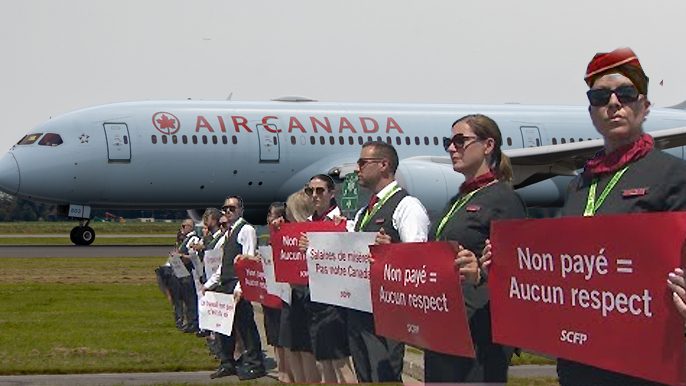
Air Canada executed a rolled shutdown amid intensifying tensions with its cabin crew union. In response to a strike notice, the airline implemented a controlled lockout, choosing to suspend operations gradually rather than enduring a sudden labor stoppage. This move affected thousands of travelers—especially on long haul routes—from Australia’s Brisbane and Sydney to Vancouver.
The airline offered passengers flexible alternatives: those with bookings between August 15 and 18 who booked by August 13 could either reschedule without penalty or obtain refunds or travel credits. Even passengers holding reservations using frequent flyer points or non refundable fares were granted adjustments—acknowledging the widespread inconvenience.
Industry analysts pointed out that the phased shutdown was a calculated attempt to minimize chaos during what is typically one of the busiest times of the year. The CEO emphasized that while negotiations remain strained, this approach offers predictability—better than a spontaneous strike—even if it stretched support services. Travelers, however, are now facing uncertainty as booking availability shrinks.
This strike not only disrupts flight schedules but also casts a shadow over summer tourism flows, particularly impacting transpacific and intercontinental connections. As Air Canada scrambles to restore service, the broader global aviation circuit may feel ripple effects—particularly among services that rely on frequent, smooth connectivity. Even as the airline tries to mitigate fallout, competitors are likely monitoring the situation closely, ready to capture stranded traffic.

